Hazardous Shorelines
by Geoffrey Ansel Agrons
“As a photographer preoccupied with transition and loss, I am drawn to the evolving land-water interface of this new era. This project explores coastal enclaves as a palimpsest. Water, wind, and time inexorably erode the contours of humanity’s footprint, leaving traces of our original intent.”
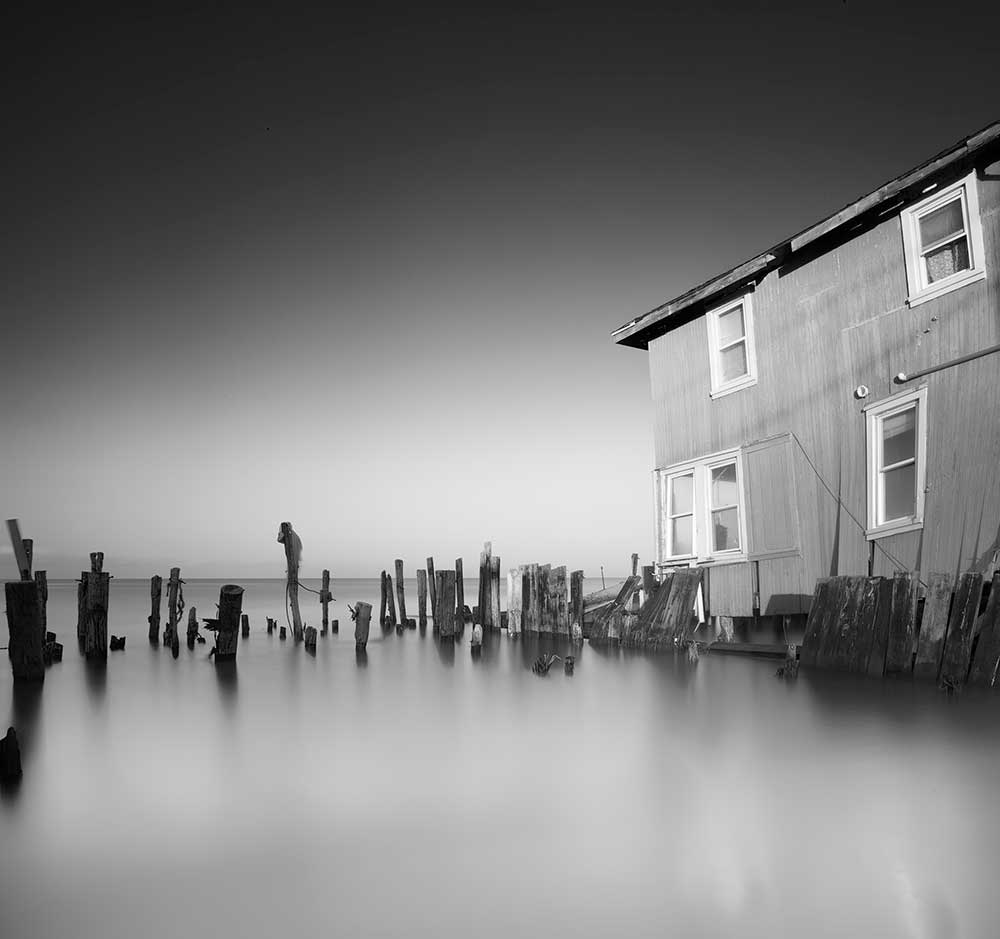
The series Hazardous Shorelines takes its title from a warning posted within landfill rubble on the eastern shore of the San Francisco Bay. Intended to safeguard day visitors, the admonition unintentionally serves as a prediction of global climate change and the subsumption of the coastline by rising seas.
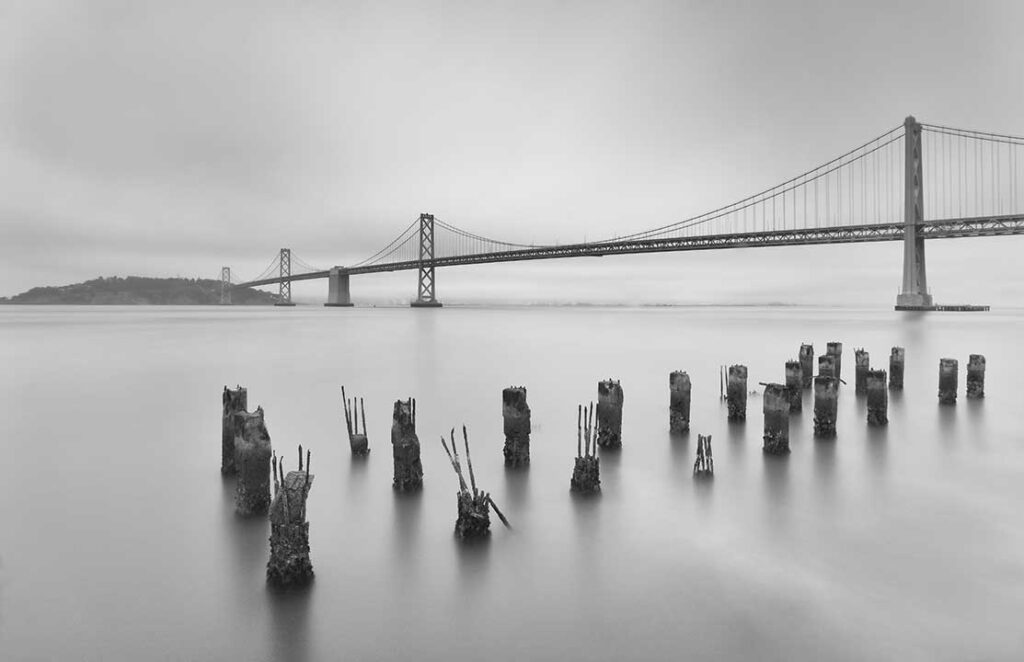
I lived for many years in the southernmost county of New Jersey, a largely rural, flat coastal area that is almost 60% water and home to the City of Cape May, the oldest seaside resort in the United States. As such, the region is a nexus of tourism, fragile ecosystems, weekend trophy homes, and remnants of the county’s early roots as a maritime and farming colony.
Today, as a recreational destination, the ocean has become the region’s economic lifeblood, its beaches replenished at great cost only to be lost again to the next nor’easter. The yearning to build life at the water’s edge may be coded within our genome. I share this primal longing and have always been drawn to the peculiar seasonal pulse of the coast, which varies daily as the summer crowds desert the beaches at twilight and seasonally as winter encroaches.
I came to see the shoreline as a vast, fragile stage punctuated by traces of human activity: the ordered pilings, decaying buildings and piers, dune fences, structural debris, and kitsch of a resort town. The assumption of permanence and control of this environment strikes me as hubristic, poignant, and deeply human.
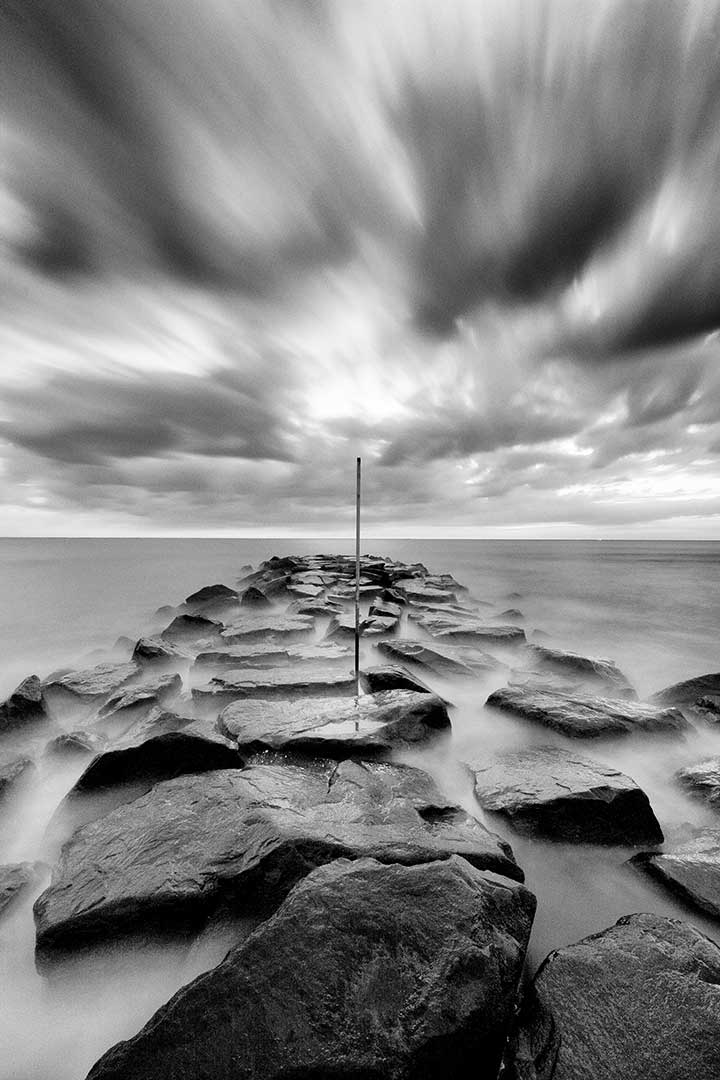

The series Hazardous Shorelines takes its title from a warning posted within landfill rubble on the eastern shore of the San Francisco Bay. Intended to safeguard day visitors, the admonition unintentionally serves as a prediction of global climate change and the subsumption of the coastline by rising seas.
As a photographer preoccupied with transition and loss, I am drawn to the evolving land-water interface of this new era.
This project explores coastal enclaves as a palimpsest. Water, wind, and time inexorably erode the contours of humanity’s footprint, leaving traces of our original intent.
Geoffrey Ansel Agrons

“I came to see the shoreline as a vast, fragile stage punctuated by traces of human activity: the ordered pilings, decaying buildings and piers, dune fences, structural debris, and kitsch of a resort town.”
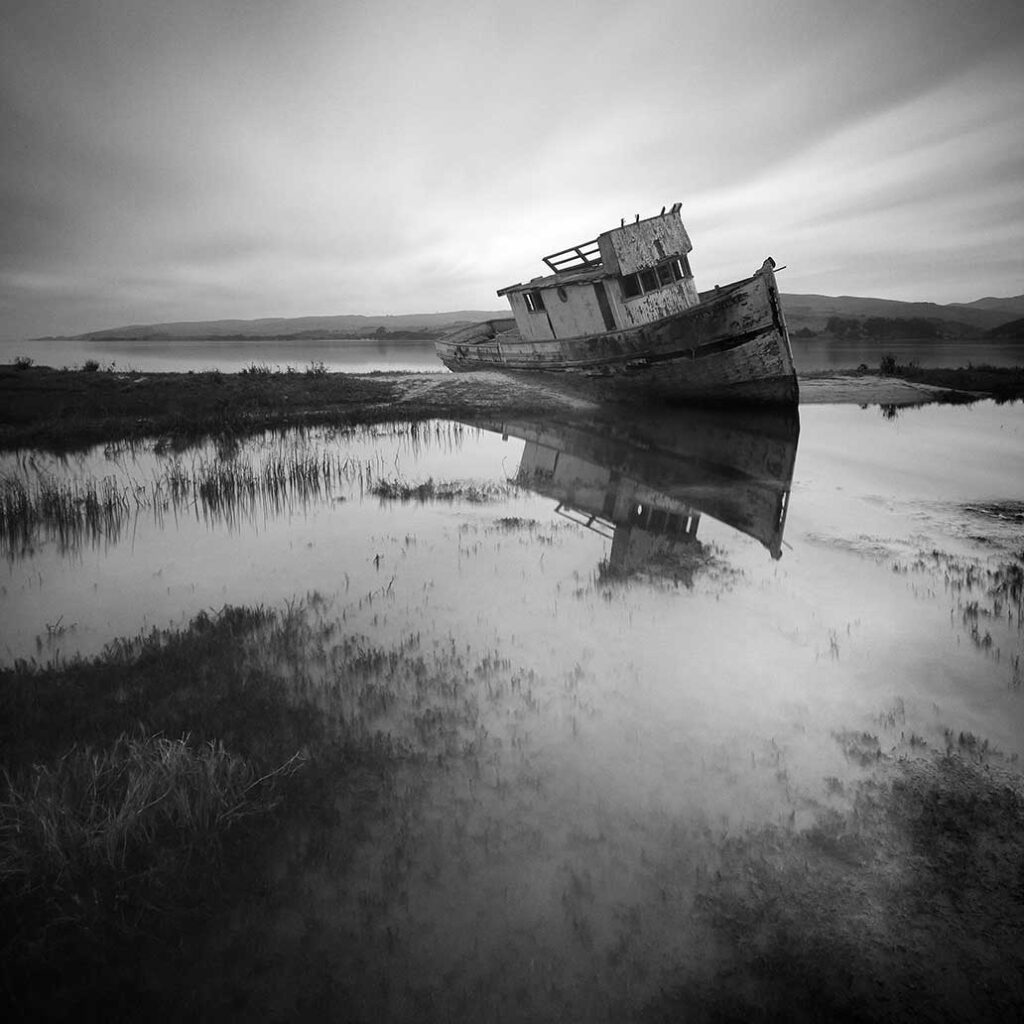
As a former radiologist, Geoffrey Agrons began his career interpreting “photographs” of the human interior. In time, he recognized that an unspoken aesthetic appreciation of diagnostic images was deeply entwined with the rigor of anatomic analysis, logic, and problem–solving. He grew interested in a different relationship with photography, one that separated an immediate emotional response from vigilant interpretation. In 2005, he acquired his first camera and began to explore the world beyond the darkened radiology reading room.
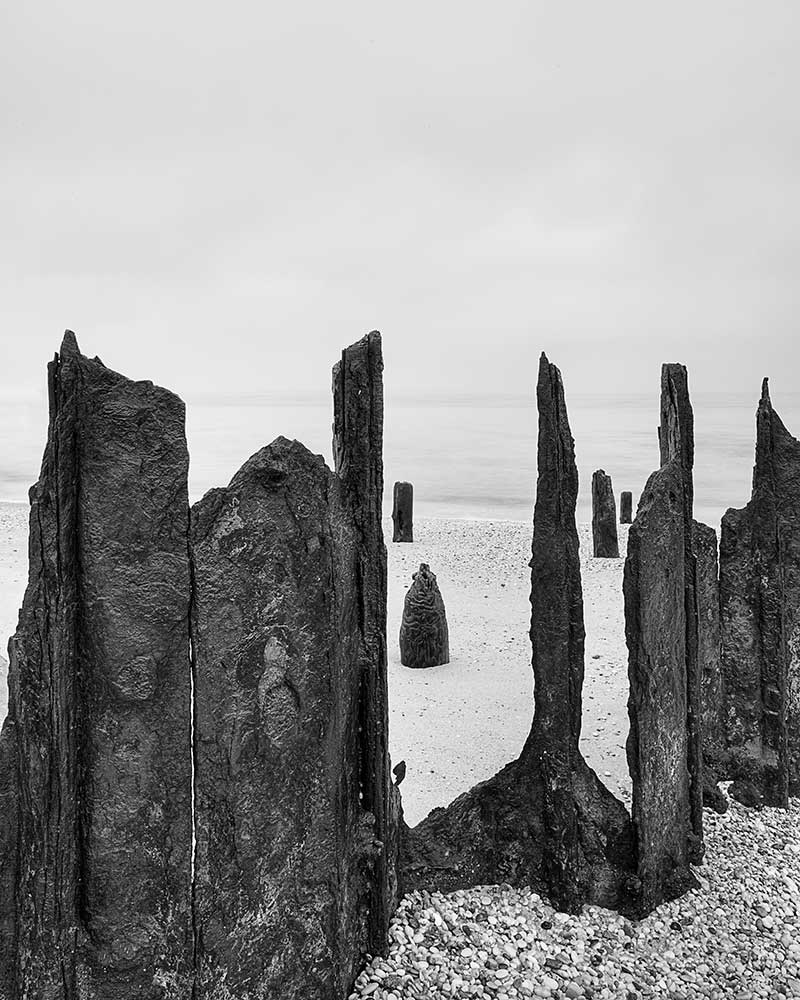
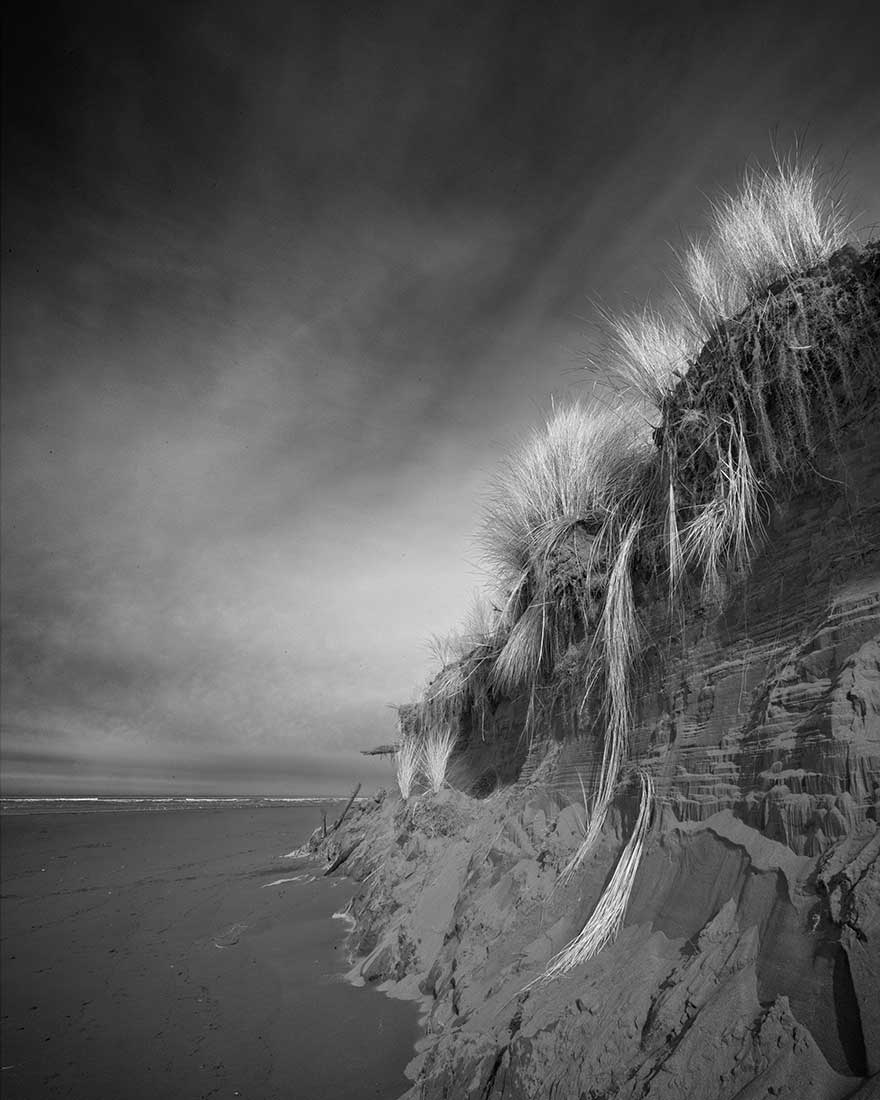
Geoffrey’s work typically explores the uneasy coexistence between human populations and the natural world. He is intrigued by transition and impermanence and favors material that leaves an inchoate emotional residue — the haunting suspicion that we may have forgotten something important in our inattention to the sensual realm. He has come to think of these mementos mori as “melancholigraphs.”
Geoffrey Agrons lives in New Hope and Philadelphia, Pennsylvania. His work has been represented in many juried exhibitions and has won numerous awards.

